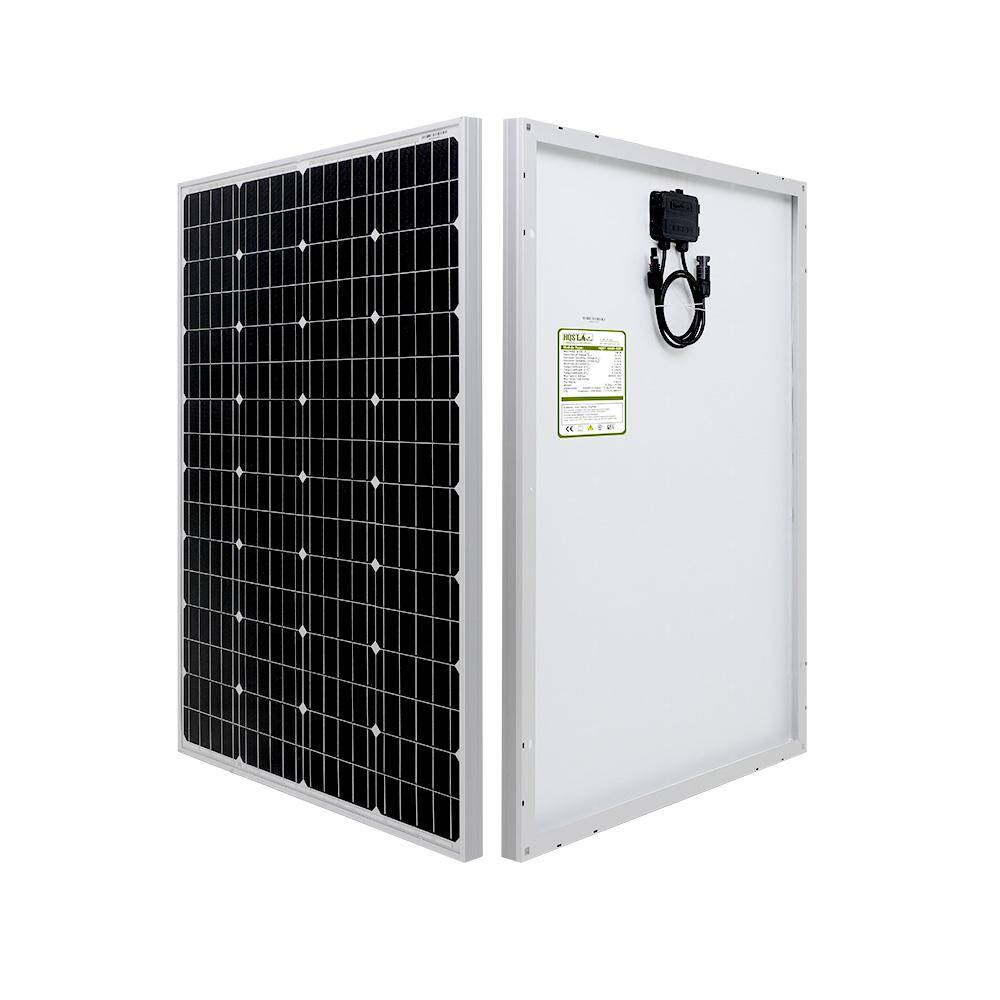Ok, according to the spec label on the back of the HQST 100 panel on Amazon those panels have a VoC of 21.4V. If you connect your panels in series that gives 85.6V, that is well within the PV voltage spec's of the 4210AN, and it's not too high for you to deal with safely.
In terms of current from the array, with all panels in series the current stays the same as for one panel, 5.7amps short circuit so no concerns there. The Tracer4210AN can current limit so even if you had more than 40 amps from the array it wouldn't blow anything up you'd just be getting less from the panels than they can produce.
Can the controller push all the power it receives from the panels into the battery, if the battery will accept it, yes. At full production the battery would only receive around 16 amps and that's well within the spec's of the Tracer4210AN.
That controller will handle 4 x 100 watt panels with room to spare.
If you extend to 3 x 3 you will still be well within the input voltage of the controller, even more so that with 4 panels as the VoC of each string will only be 64.2V. The current from the parallel strings will not exceed 18 amps so that's good too. You will be skating close to the 40amp limit into the 24v battery but that's not an issue unless you want to expand further.
That controller will handle strings of 3 x HQST 100 panels, arranged as 3 parallel sets.
As you've noted you don't hit full power from the panels, so in theory you could add another string of 3. That would bring you closer to full rating of the controller's output for more of the day, and if the array produces more current than the Tracer4210AN can accept & deliver to the battery nothing will go wrong, it will just limit to 40amps.
Remember when you have more than 2 panels or strings of panels in parallel place fuses in line with the strings as a precaution should something go wrong with one string. Series diodes as well as fuses is something to consider too.





![20190803_200535[1].jpg 20190803_200535[1].jpg](https://diysolarforum.com/data/attachments/1/1489-ed99f5e19ff9d901d7a066b051772f47.jpg)